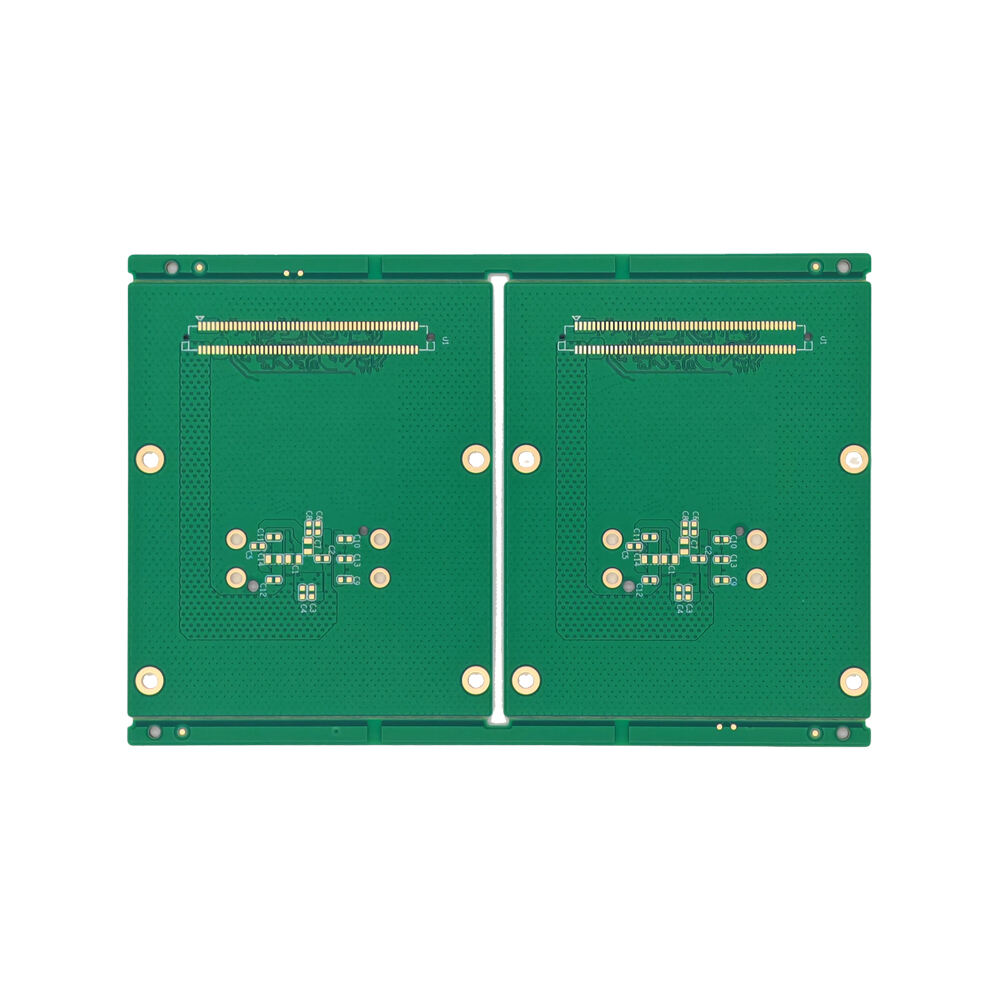The choice of materials for printed circuit boards is crucial for the performance, reliability and lifetime of electronic devices. There are many different types of PCB materials available, which may make the task of choosing the best material for your application extremely difficult. SHEN CHUANG, a reputable company providing PCB manufacturing services, provides the key factors that should be used when determining the best PCB material.
Major Factors to Bear in Mind
There are many types of PCB materials available , but not all will be ideal for an application. Therefore, first, thermal conductivity, the electrical performance, mechanical characteristics, and environmental conditions need to be evaluated. In the words of SHEN CHUANG, the first step should be to establish the precise requirements for the intended application since not all materials will be appropriate for all application conditions. For example, low-loss materials would be required in high-frequency applications and better thermal reduction materials would be required in high-power designs.
Kinds of PCB Materials
1. FR4 (Fiberglass Reinforced Epoxy)
Because of its exceptional cost, performance and lifespan, FR4 is without a doubt one of the most widely used PCB materials. It is appropriate for the majority of general-purpose applications. According to SHEN CHUANG, who makes FR4 boards of the highest quality, FR4 boards also guarantee perfect electrical insulation and stability under standard environmental conditions.
2. High-Frequency Laminates
As for the applications involving the RF signals, PTFE (Polytetrafluoroethylene) or Rogers laminates are preferred. They suffer a low level of signal loss and are more stable at higher frequencies, thus they are suited for telecommunications, aerospace, and medical devices.This is precisely why their appeal is identical to PTFE for telecommunications, aerospace as well as medical devices due to low signal loss.
3. Thermal Management Materials
Aluminum or ceramic materials may be selected for incorporation in designs where great power or packages needing high levels of heat dissipation. SHEN CHUANG offers a variety of thermal management PCBs to satisfy the needs of enhanced components such as LED lamps or heater’s electronics.
4. Flexible PCBs
For other applications where the PCB itself needs to be bent or flexed, the use of polyimide materials is employed. She material is particularly useful as it enables the bending or twisting of the PCB without breaking the bond which is critical for compact electronics or more importantly in wearables.
Environmental and Regulatory Considerations
In addition, as a significant outcome of selecting the PCB materials is that of reviewing them in the context of meeting the environmental requirements. SHEN CHUANG has materials certified and labels bearing the RoHS that does not contain any poisonous elements like lead or mercury and conforms to global standards.They should also support the material composition on the geographical areas where the PCB is targeted to be used.
It is essential to choose adequate PCB materials according to the specifications, performance, dependability, and cost of an electronic product. Application specifics, as well as thermal, signal, and environmental impairment, can assist the company in making the best business decision. SHEN CHUANG produces an ample variety of advanced PCB materials suitable for different market segments so that customers are provided with appropriate solutions. General, high frequency, heat resistant, and flexible materials are all available with the brand of SHEN CHUANG and meet the expectations of performance.
